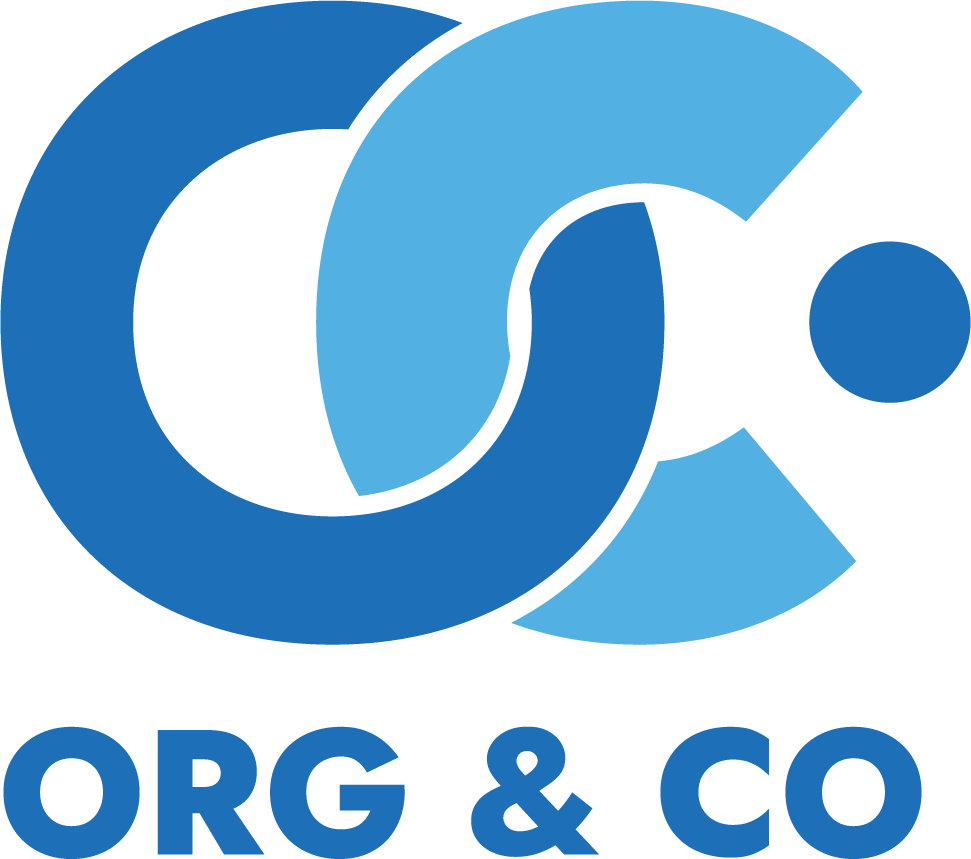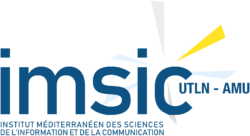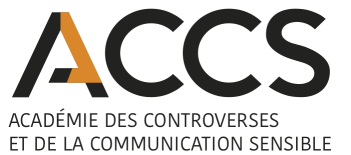[AAA] Standards: shared rules or tools of power? Technical standardization and the evolution of business and economy in the contemporary age
As a « standard » we mean any document approved by a recognized organization that defines rules, guidelines, codes of conduct, characteristics, for repeated and common uses with respect to which compliance is not mandatory. The contemporary economy is based on an extensive system of rules and conventions developed by bodies and associations through the work of thousands of experts, concerning products and manufacturing processes, technology, work safety, relationships between companies, markets, consumer and user protection, etc. Over time, standardization and certifications have spread, and the areas for which companies are required to show their compliance have expanded. With globalization, the formalization of knowledge and practices through standards, protocols, certifications, auditing systems, has become even more universal. So, standardization has become big business: “Globally, there are well over half a million published standards. This does not include the innumerable internal standards, which underpin any successful business. These half million standards are the product of over 1,000 recognized standards development organizations worldwide » (Bredillet 2003). Furthermore, for some scholars, technical standardization has fuelled the transition from the governance through laws and principles to the governance through programming, which consists of the establishment of formalized criteria and procedures and the subsequent verification of compliance with same, also by means of more refined scientific and control tools. An approach born in the business world and gradually applied to other institutions (including universities) thanks to the introduction of quantitative indicators and « quality » experts, to induce an « automatic » and autonomous performance evaluation. This may have led to an erosion of external regulation (a task of public law) to the advantage of private autonomy (Supiot 2015).
To delimit the field, the areas where the rules have emerged from more ancient times and often by custom are excluded: metrology, accounting principles, the lex mercatoria. In the contemporary age, the development of standards and codes has progressively grown. In the USA, the foundation of the National Institute of Standards and Technology dates back to 1901 and sixty years later the organizations involved in standardization activities had risen to 350. In Italy one of the most involved bodies is UNI (Ente nazionale italiano di unificazione, today Ente italiano di normazione), which from a century develops rules and guidelines involving its members, made up of professionals, companies, associations, public bodies, research centers, but also training institutes, consumer and worker representatives, third sector bodies, non-governmental organizations.
What was the reasons and which the immediate effects? For liberal observers, the standards introduce more or less barriers in the markets, with protectionist intent. On the contrary, for innovation scholars standardization spreads knowledge, transfers technology, shortens the time for introducing products and services to the market, creates networks of relationships between companies and research, outlines the framework in which new products. and new markets are developed, contributes to reducing the economic and financial risks of research and innovation. Therefore, the European Union recognizes standardization for its contribution to innovation and competitiveness, attributing it a role similar to that of patents. Even small businesses would benefit from adhering to the standards, as they can align themselves with more advanced knowledge and practices. On the contrary, other observers believe that standards force small businesses or late comers to adopt prescriptions and procedures that respond to purposes defined elsewhere, such as climate change and sustainability, and that the small or the less advanced operator passively undergoes through experts, disciplinary norms, marks. In fact, not without delays and internal conflicts, alongside public regulations, many economic bodies and associations have developed product indications, nomenclatures, protocols that the member companies can subscribe in view of their accreditation by independent agencies. Who first moved in this direction were the sectors most exposed to foreign trade and the technological ones (transport, telecommunications, chemical and hydrocarbon industry, electrical engineering) which at the beginning of the 20th century established the first international standardization institutions: sectorial (such as the International Electrotechnical Commission) and then multisectoral (such as the International Standard Association, 1926) with the related international technical conferences for unification, up to the current ISO (International Organization for Standardization) born in 1947.
Suggested topics
Historiography has investigated the pre-industrial building of quality, emphasizing the role of guilds and quality standards in international markets, such as that of silk. It seems still lacking for the contemporary age (19th-20th centuries) with regard to the various agri-food sectors – perhaps characterized by the prevalence of public regulations, to protect widespread interests such as those of small farmers, consumers and hygiene public; but with regard also to the intensive and science-based sectors, where a culture of standards early emerged as a priority task of the technicians and specialists. Standards and standardization are therefore a field that may be investigated at different scale –economic sectors, types of companies, institutions, specific protagonists – and looking behind the formal conventions for the reasons for convergence or conflict between the stakeholder, at national level and in relationship with the other countries.
- Standards and standardization processes (19th-20th c.):
- Definition of standards (institutions, decision-making process, international and supranational convergences)
- Contents of standards (about pruduction processes and products, performance …)
- The growth of standards in a sector (e.g. food, chemical, mechanical, electrical industry, textile-clothing, etc.)
- Standardization in relation to foreign trade (incoming and outgoing)
- « Wars of standards » in international relations
- International standards, competition and consumer safety
- The explosion of private standardization with the second globalization
- Businesses and standardization:
- Large and small enterprises in the face of technical standardization
- Codes and standards between companies (e.g. towards suppliers)
- The technological approach to quality, from F.W. Taylor to the Total Quality Management
- The quality control (content, experts, protagonists)
- Certification and accreditation outside the company (agencies, procedures, effects). The rising of corporate compliance perspective
- Standardization and “total quality” from business to other social institutions (non-profit organizations, universities, public administration)
Submission guidelines
The paper proposals (max 500 words), written in English / French / Italian / Spanish, must be sent to the editorial staff of the journal redazione.rises@gmail.com, with the subject « Call Standard », and must contain: title, objectives, methodology and sources.
by 10 October 2022.
Please add a short curriculum vitae (max 100 words).
Acceptance of the proposals will be communicated by 25 October 2022.
The essays, with a maximum length of 9,000 words (including notes), can be written in English / French / Italian / Spanish.
Delivery must take place by April 2023.
Articles will undergo double blind peer review.
The printing of the volume (2023, IX, 1) is scheduled for September 2023.
Editors
- Gianpiero Fumi (gianpiero.fumi@unicatt.it)
- Fabio Lavista (fabio.lavista@unipi.it)
References
Bredillet C.N., Genesis and role of standards: theoretical foundations and socio-economical model for the construction and use of standards, in « International Journal of Project Management », 21 (2003), 6, pp. 463-470
D’Errico R., Pinchera V. (eds), Cibo in età moderna e contemporanea tra produzione e consumo (secc. XVIII-XX), in « RiSES. Ricerche di storia economica e sociale », 1 (2014), 1-2
Les entrepreneurs de standards, in « Entreprises et histoire », 2008, 51
La fabrication des normes, in « Réseaux », 18 (2000), 102
Guillem-Llobat X., The boundaries of fraud: the role of the Spanish Real Academia de Medicina in the establishment of food safety and quality standards in the late nineteenth century, in « Dynamis », 37 (2017), 2, pp. 413-434
Guillem-Llobat X., The Search for International Food Safety Regulation. From the Commission Internationale pour la répression des falsifications to the Société universelle de la Croix Blanche (1879-1909), in « Social History of Medicine », 27 (2014), 3, pp. 419-439
Hierholzer V., Searching for the Best Standard: Different Strategies of Food Regulation during German Industrialization, in « Food & History », 5 (2007), 2, pp. 295-318
Mattli W., Büthe T., Setting International Standards: Technological Rationality or Primacy of Power?, In « World Politics », 56 (2003), 1, pp. 1-42
McCraw T.K., Prophets of regulation: Charles Francis Adams, Louis D. Brandeis, James M. Landis, Alfred E. Kahn, Cambridge, Harvard University Press, 1984
Stanziani A. (ed.), La qualité des produits en France, XVIIIe-XXe siècles, Paris, Belin, 2003
Stanziani A., Histoire de la qualité alimentaire. France, XIXe-XXe siècle, Seuil, Liber, 2005
Stanziani A., Les signes de qualité. Normes, réputation et confiance (XIXe-XXe siècles), in « Revue de synthèse », 2006, 2, pp. 329-358
Supiot A., Governance by Numbers: The Making of a Legal Model of Allegiance, London, Bloomsbury, 2017 (1st French ed. 2015)
Swinnen J.F.M. (ed.), Global Supply Chains, Standards and the Poor. How the Globalization of Food Systems and Standards Affects Rural Development and Poverty, Wallingford – Cambridge, CABI, 2007
Yates J., Craig C.N., Coordinating International Standards: The Formation of the ISO, Cambridge, MIT Sloan School of Management, 2007


